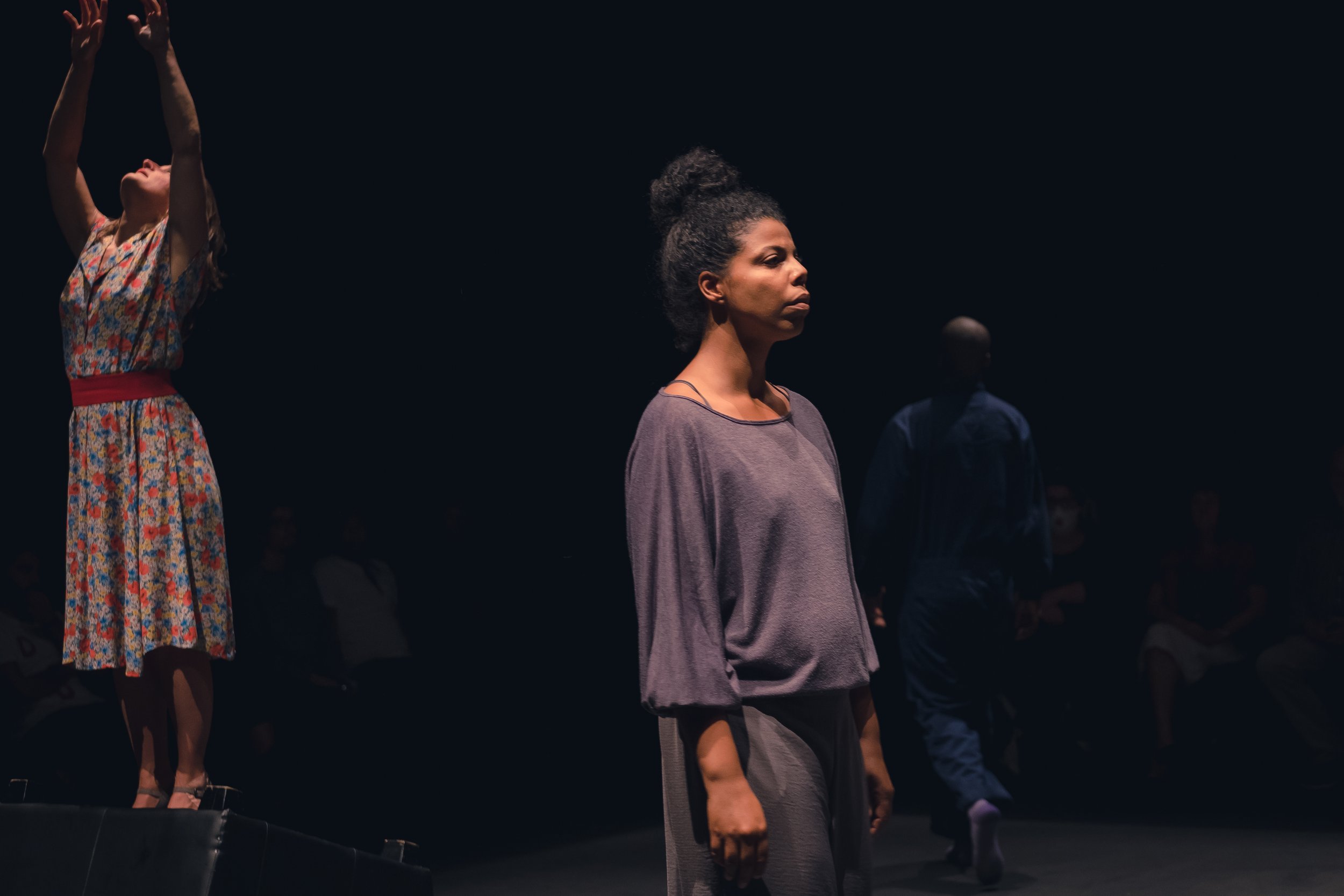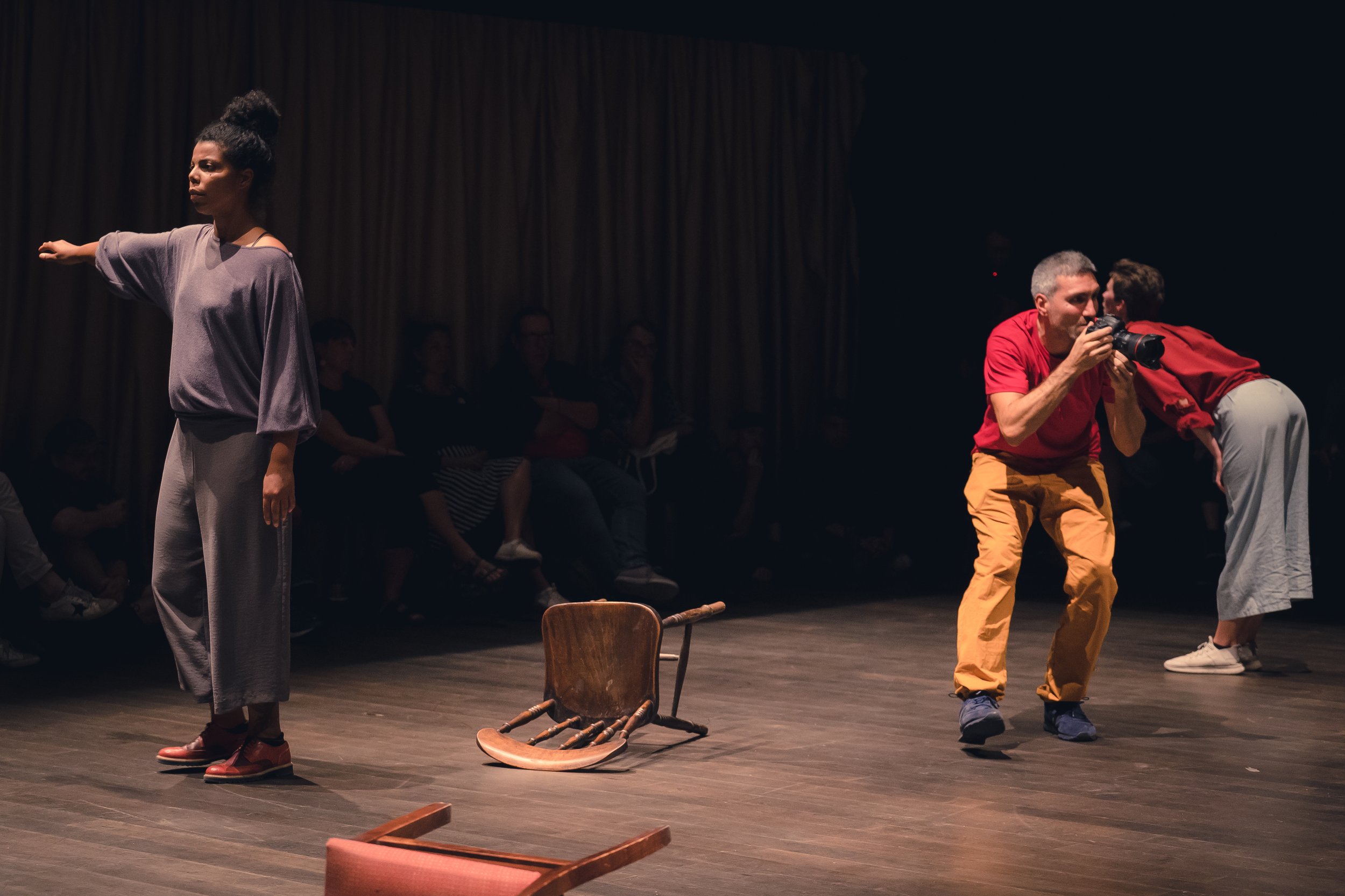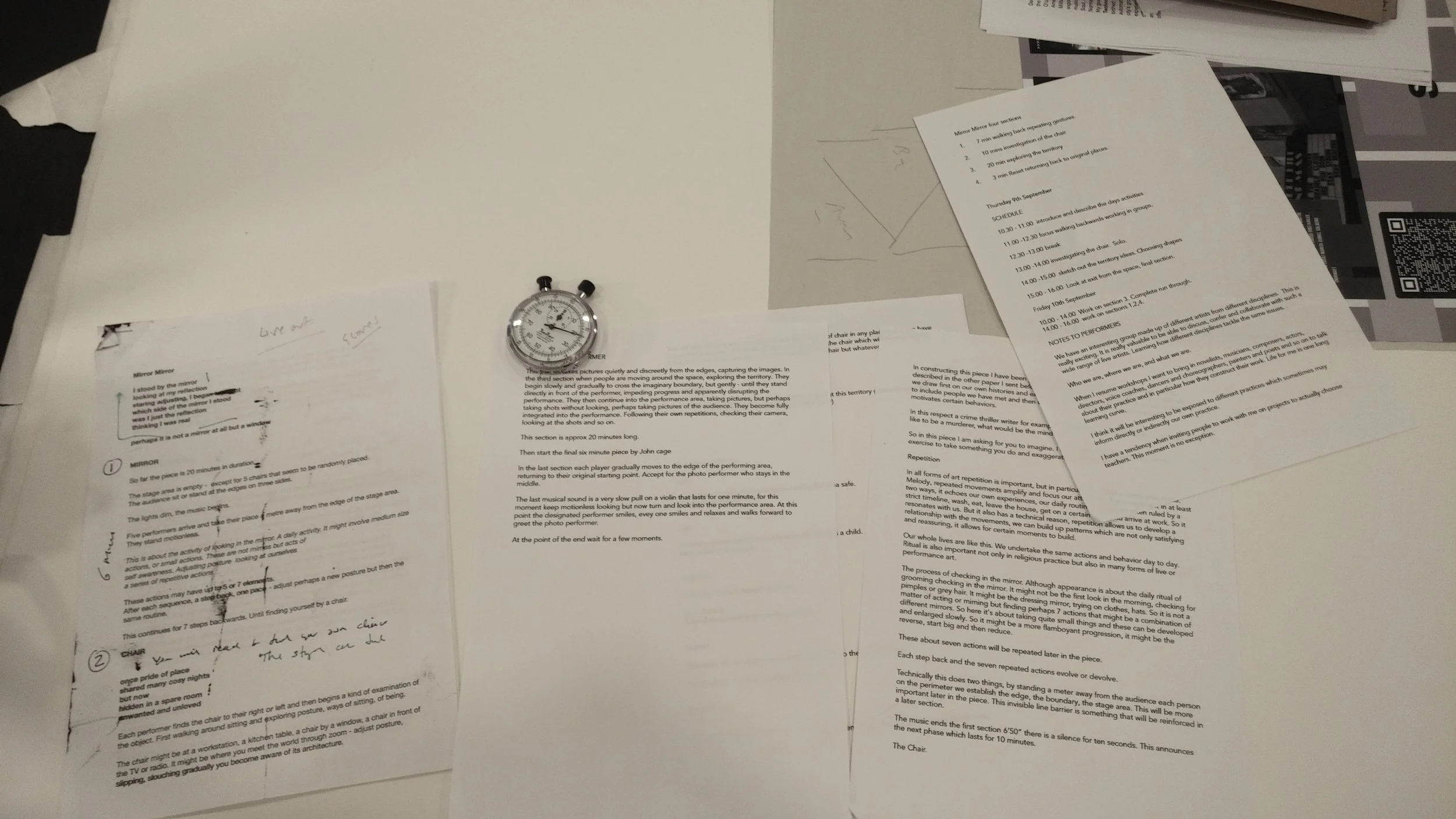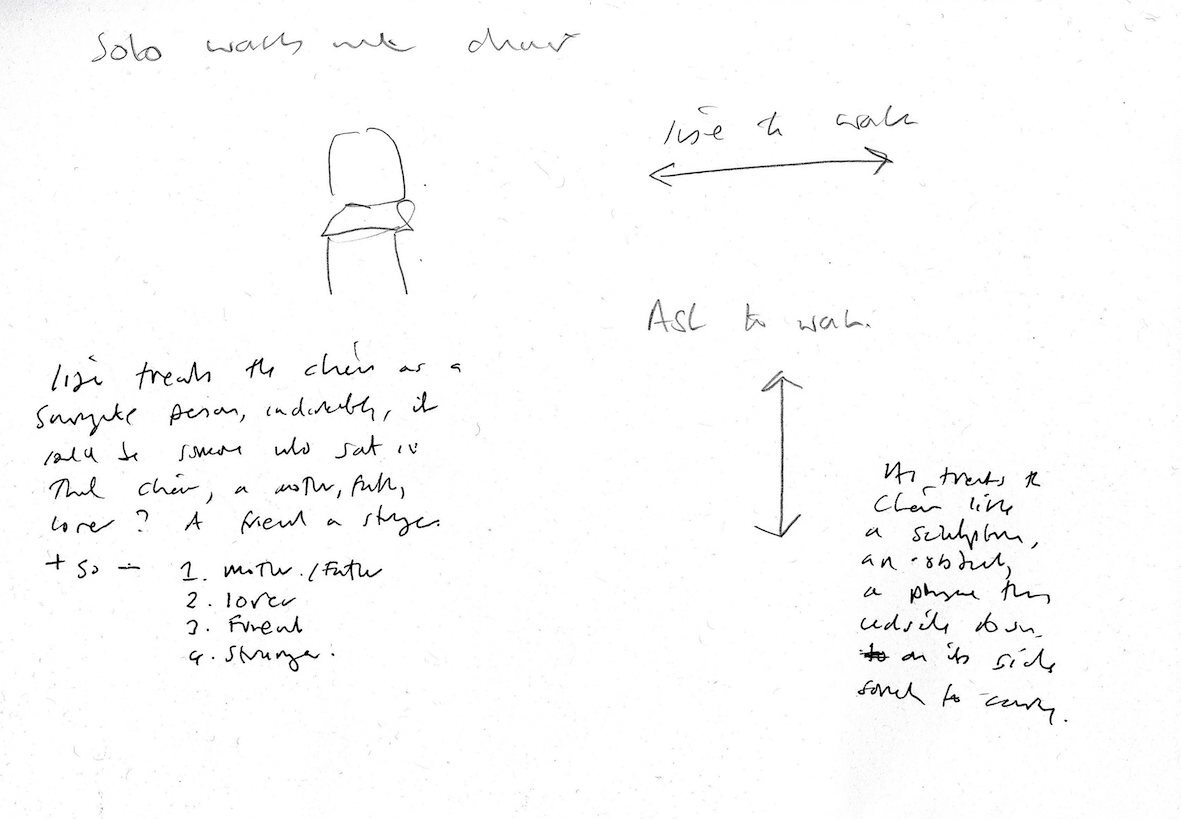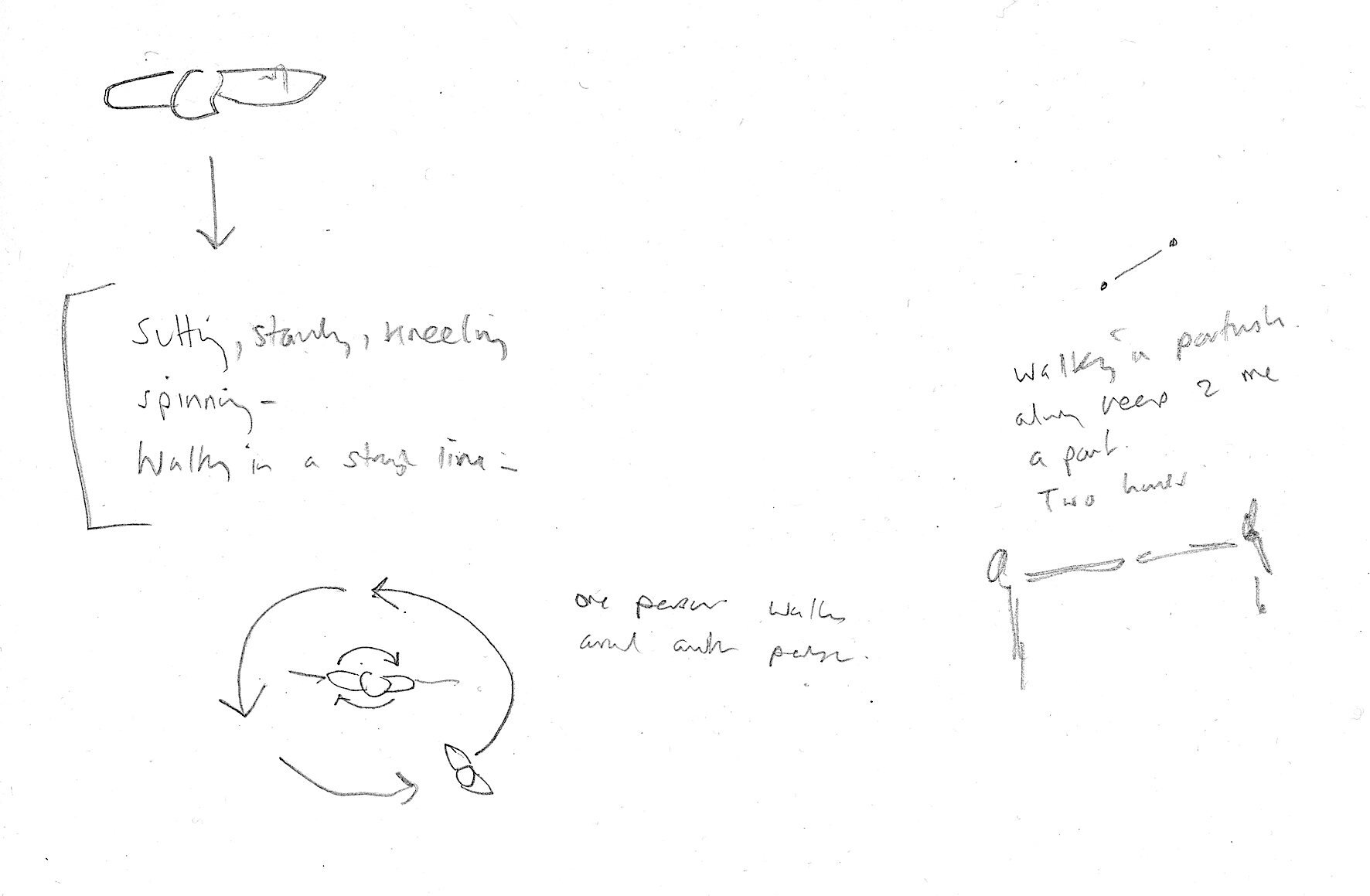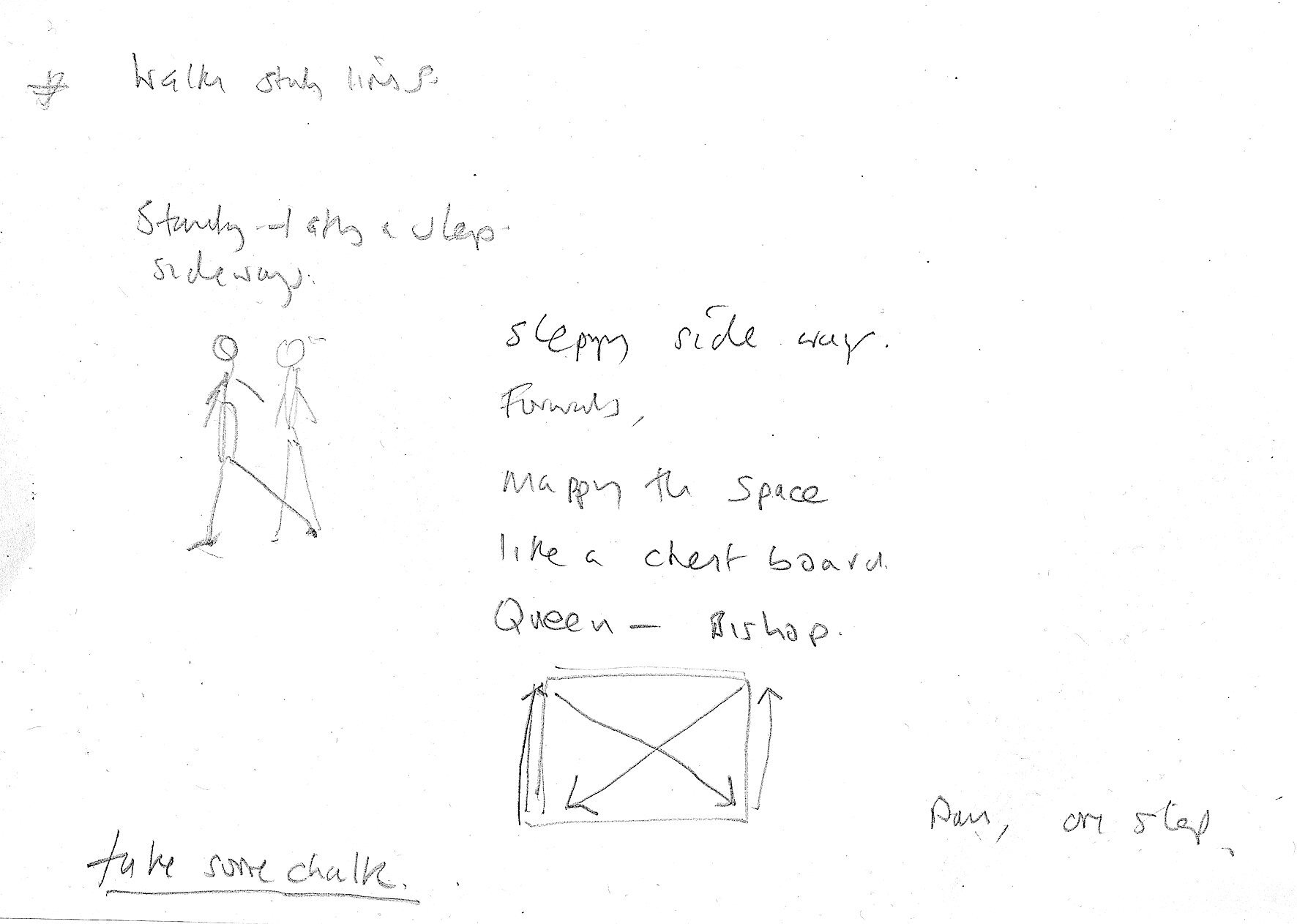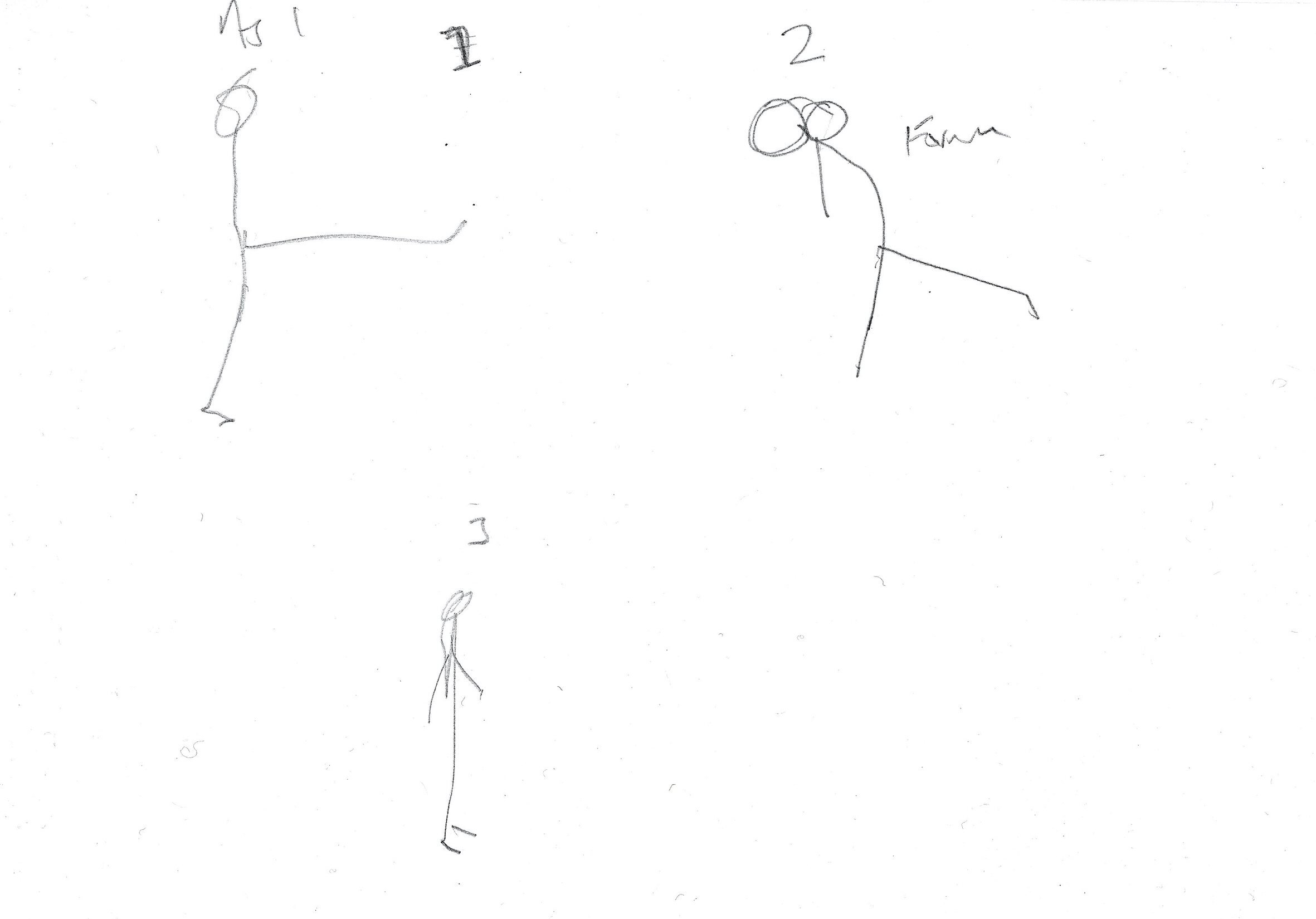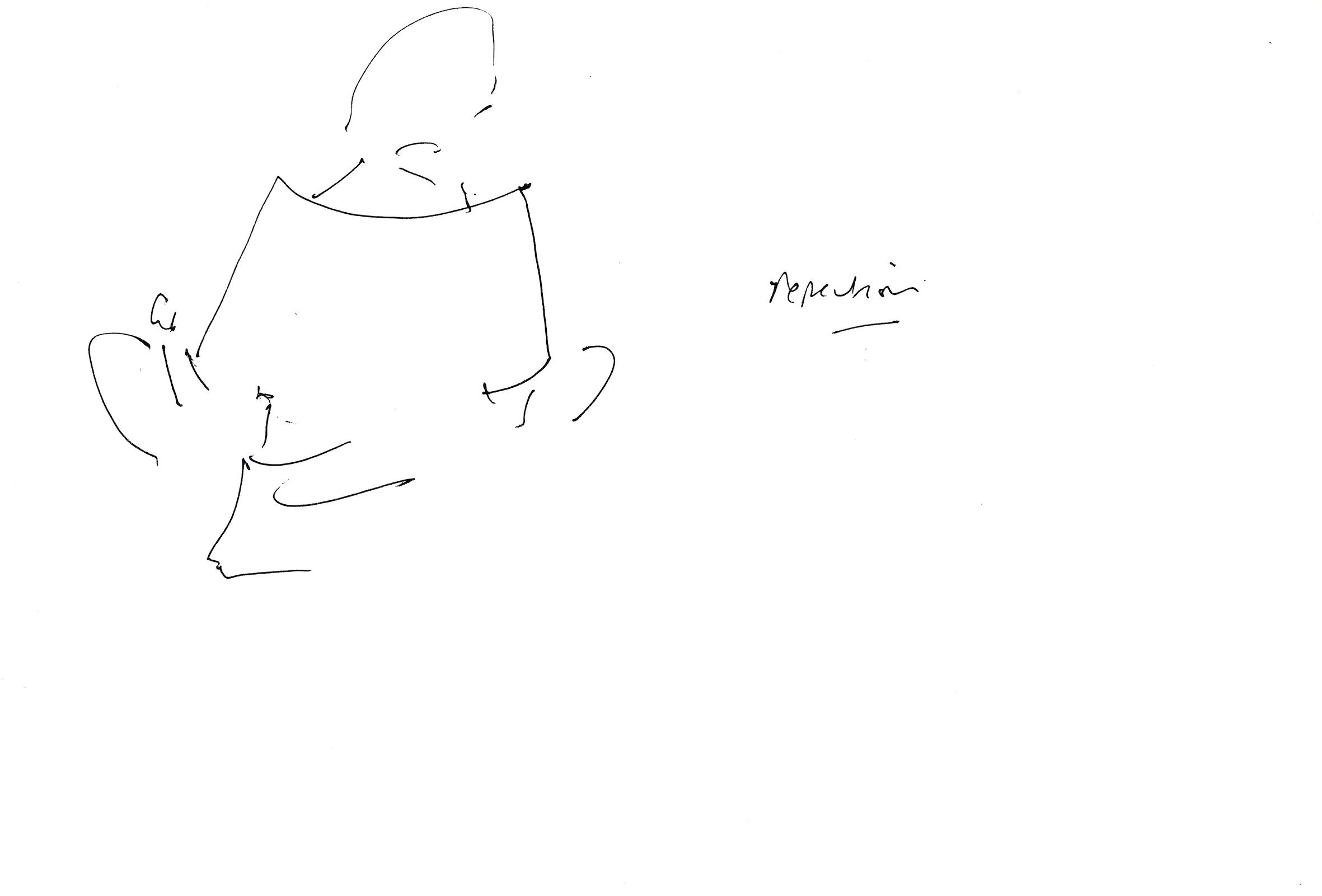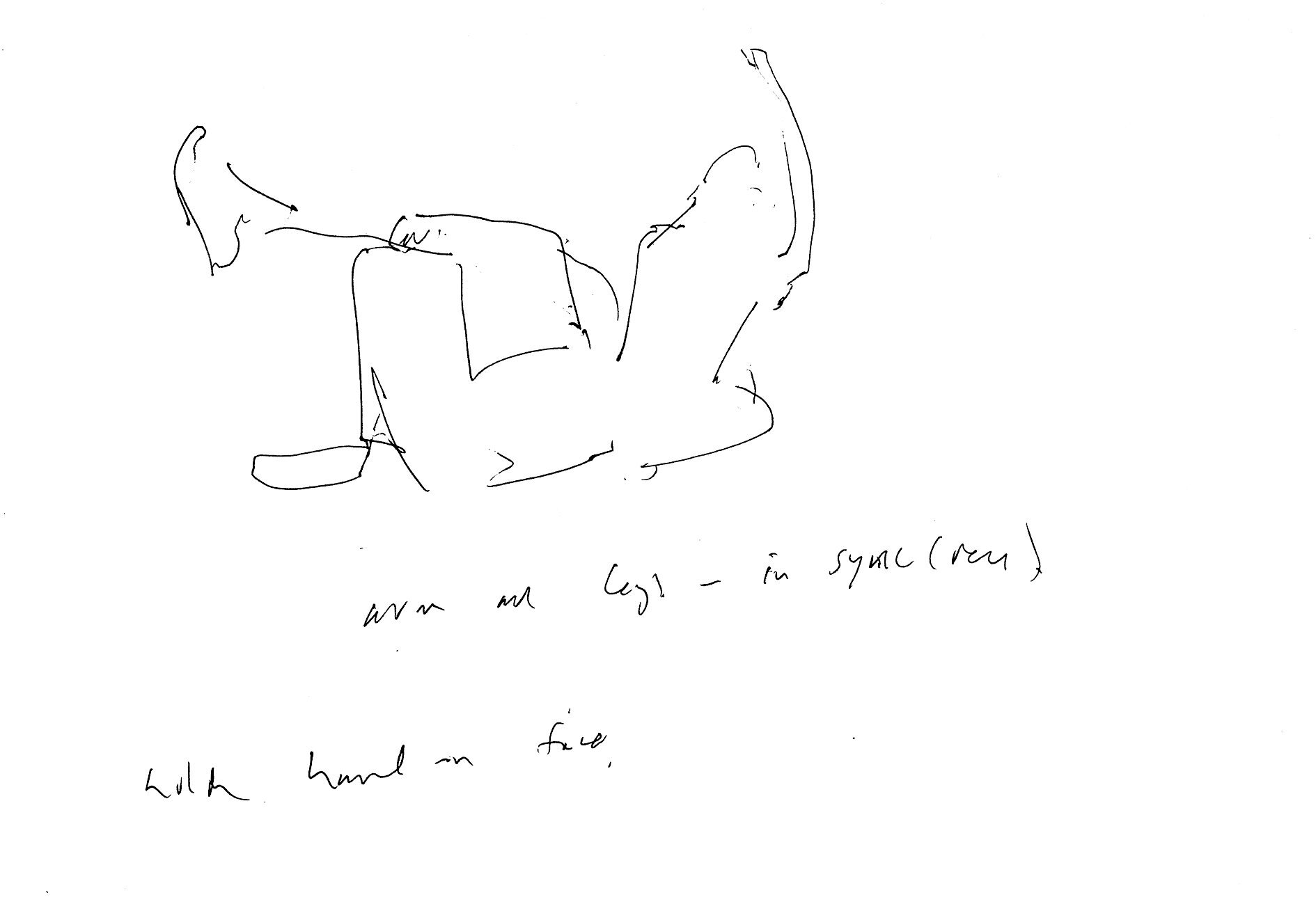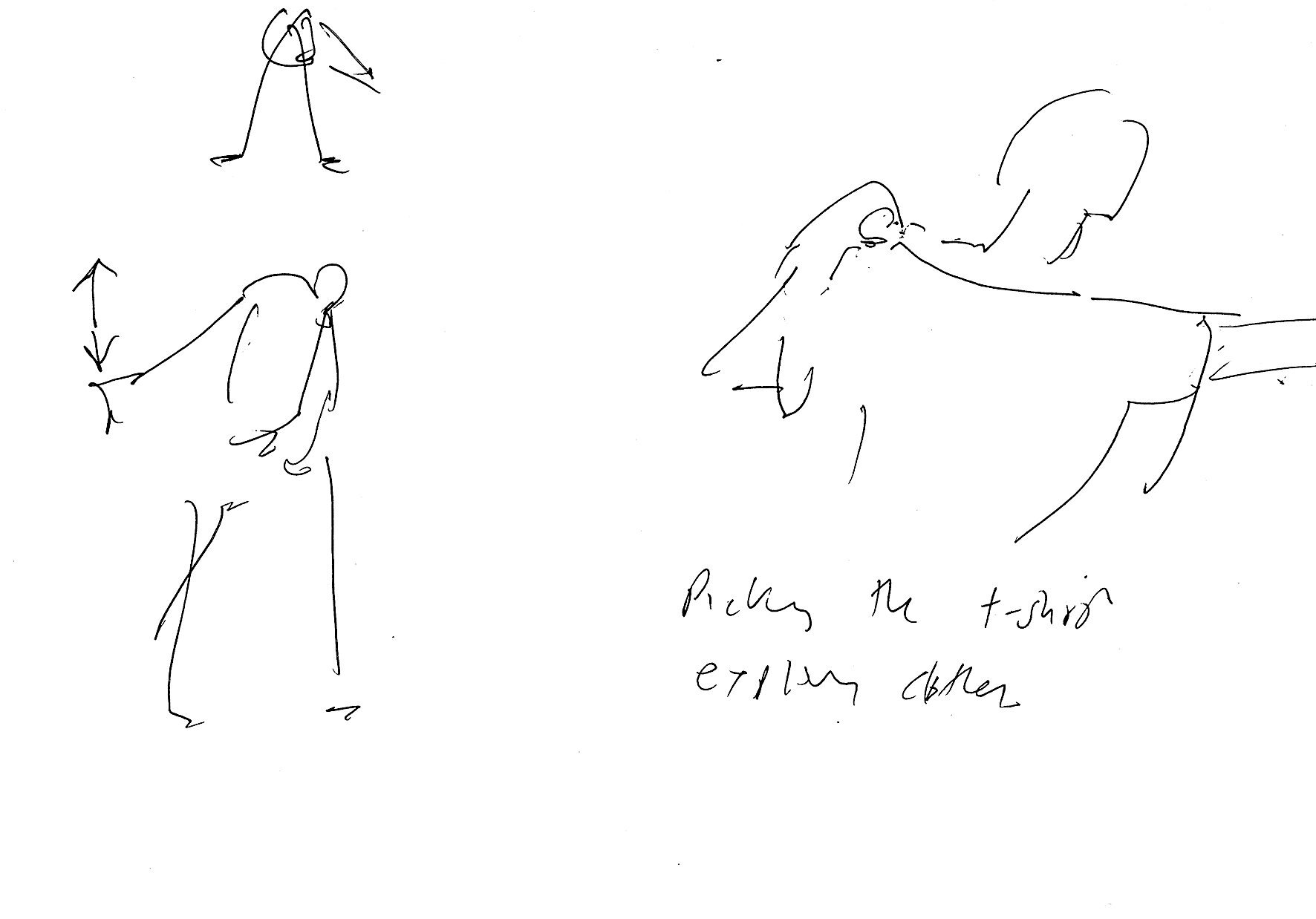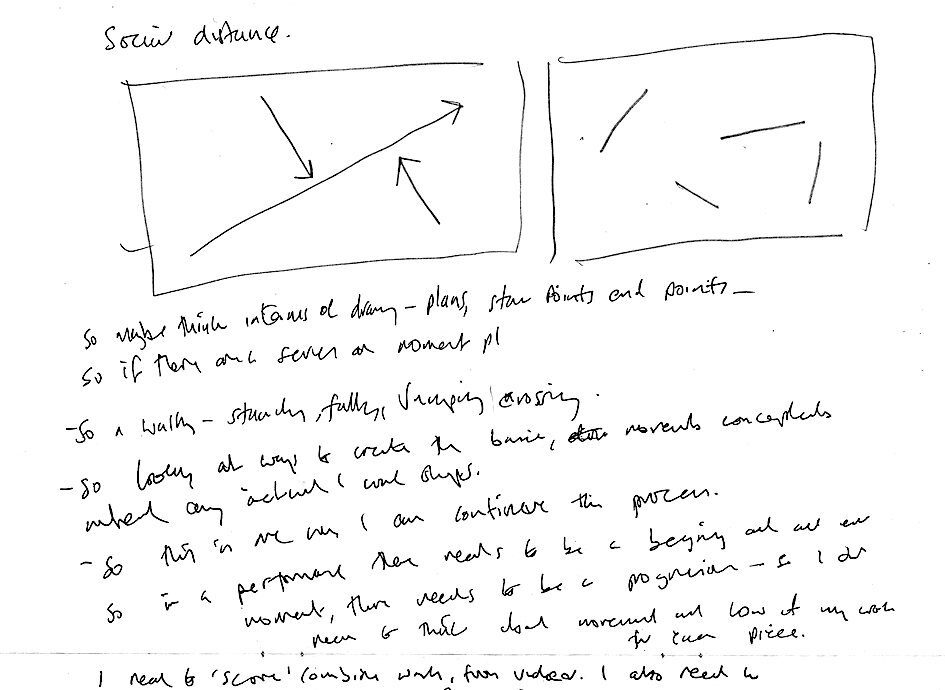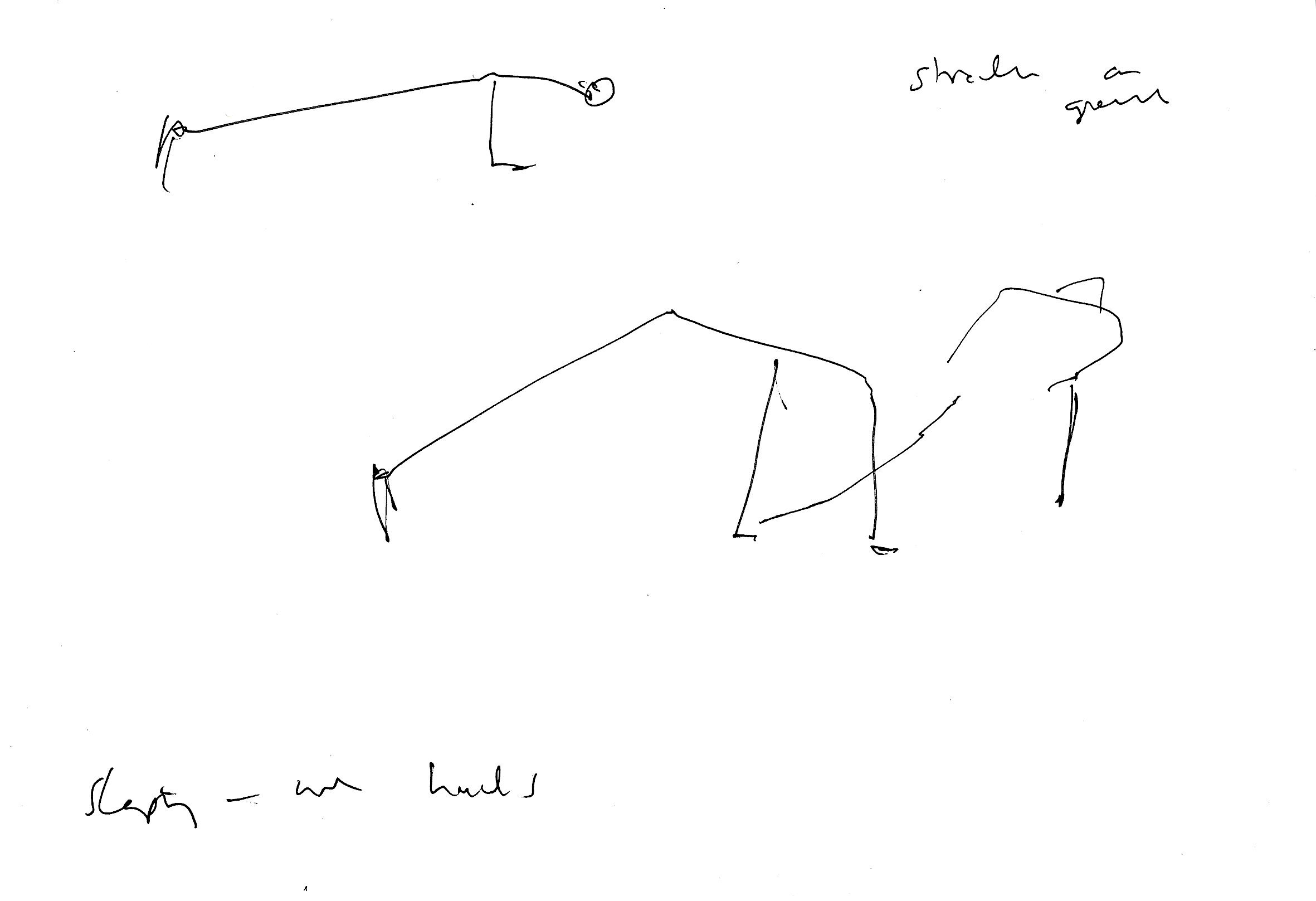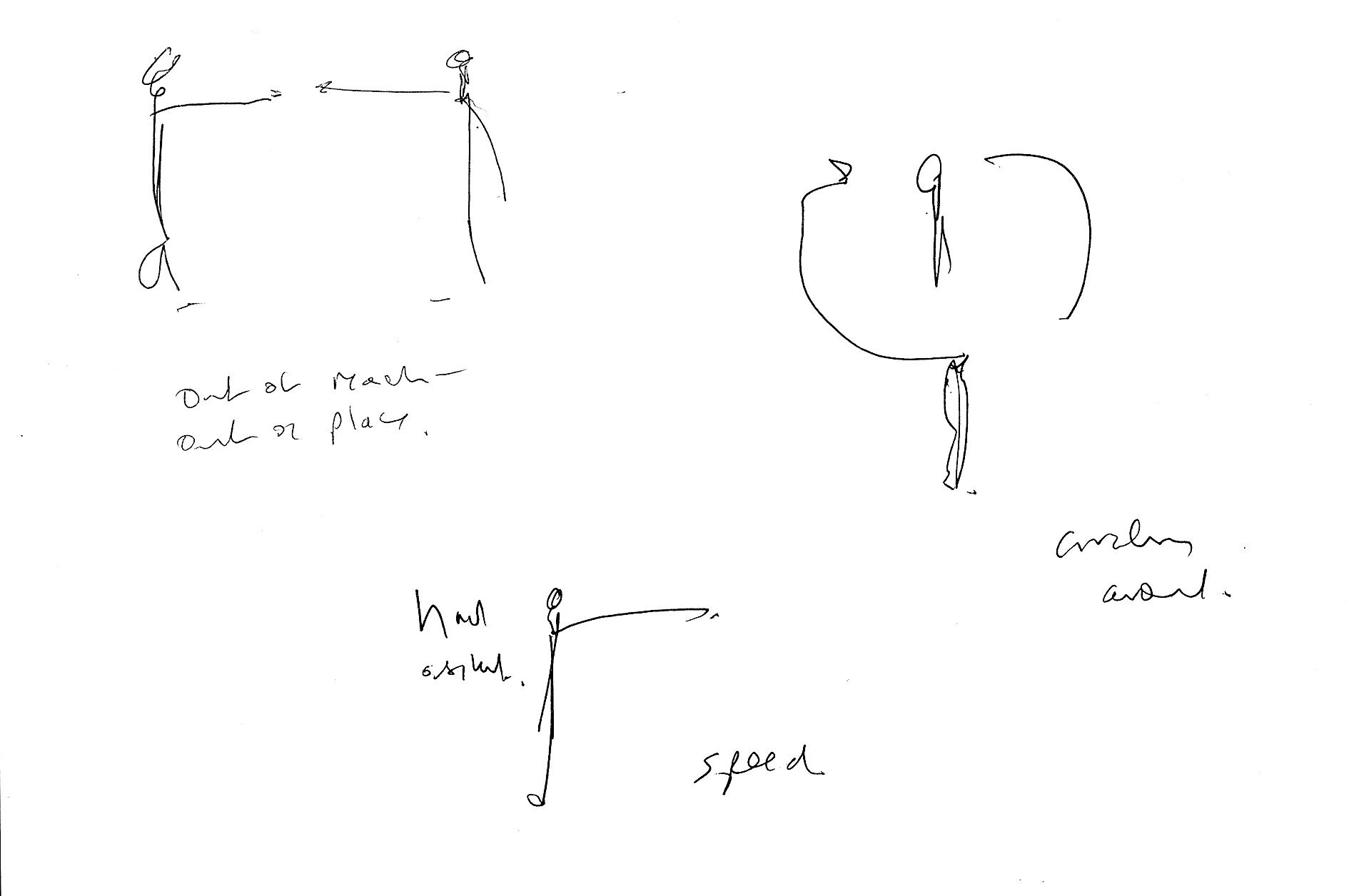QUARTERHOUSE FOLKESTONE SEPTEMBER 2021
18 September 2021
Mirror Mirror was conceived, visualised and directed by Terry Smith with Lise Boucon, Sarah April Lamb, Rubiane Maia, Randolph Matthews and Ash McNaughton.
Thanks to Laura Kuhn, director of the John Cage Trust in New York and music used courtesy of Brilliant Recordings and Editions Peter.
photographs Chelsey Browne
The performers all bring their own authorship to the work, developing and improvising through workshops and rehearsals. This is an ensemble work. This version with these performers is unique.
Art history is there to plunder, steal, borrow, emulate, repeat, reference, interrupt and mis-interrupt. In my journey to understanding different ways of looking and feeling and thinking I have been highly influenced by John Cage, Merce Cunningham, Robert Rauschenberg, Jasper Johns, Bruce Nauman, Pina Bausch, Yvonne Rainer, Trish Brown, Anne Teresa De Keersmaeker, Judson Dance Theatre, Boris Charmatz, Dimitris Papaioannou, Kenneth MacMillian, TING Theatre of Mistakes, Station House Opera, Garry Stevens, Brian Catling to name just a few.
videographer Mark Prentice-Whitby
rehearsal film Manuel Vason
About the music
In this work, Cage provides two lists of flexible time-brackets as well as separate materials to used by each player as follows: “For the violinist: from one bracket to the next, 1) silence; 2) a sustained interval played pppp as softly as possible (nearly inaudible) using from the gamut of pitches given any two, using harmonics or not, but sustained with imperceptible bowing; or 3) microtonal passages from the G string up to the E (between two half steps, six degrees are notate [diagram indicated]… Phrasing, use of silence, articulation is free, but play the tones that are written only once, searching with them for melisma, florid song. When durations or phrases are long, keep the amplitude very low (single short sounds can, however, be of any amplitude). Let successive passages be for a string of the same or higher pitch. “For the pianist: 1) silence; 2) part of an ascending gamut played pppp as softly as possible, giving no sense of periodicity (depress key silently until you feel the escapement clearing; knowing where that is, play the piano on the edge of audibility), sometimes after a ‘pause’ picking up with a tone or tones earlier played, continuing upwards; or 3) a fragment of Extended Lullaby (these are chance-determined variations of Satie’s Vexations).”
John Cage Trust


